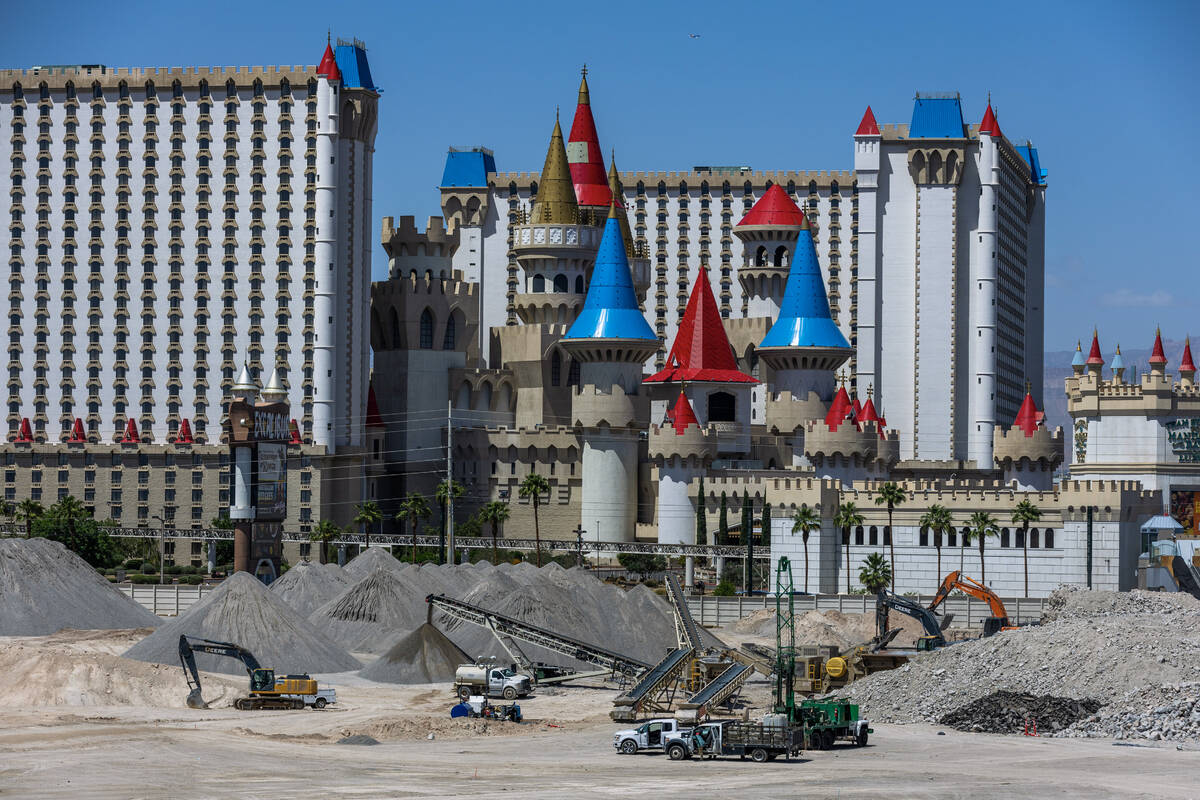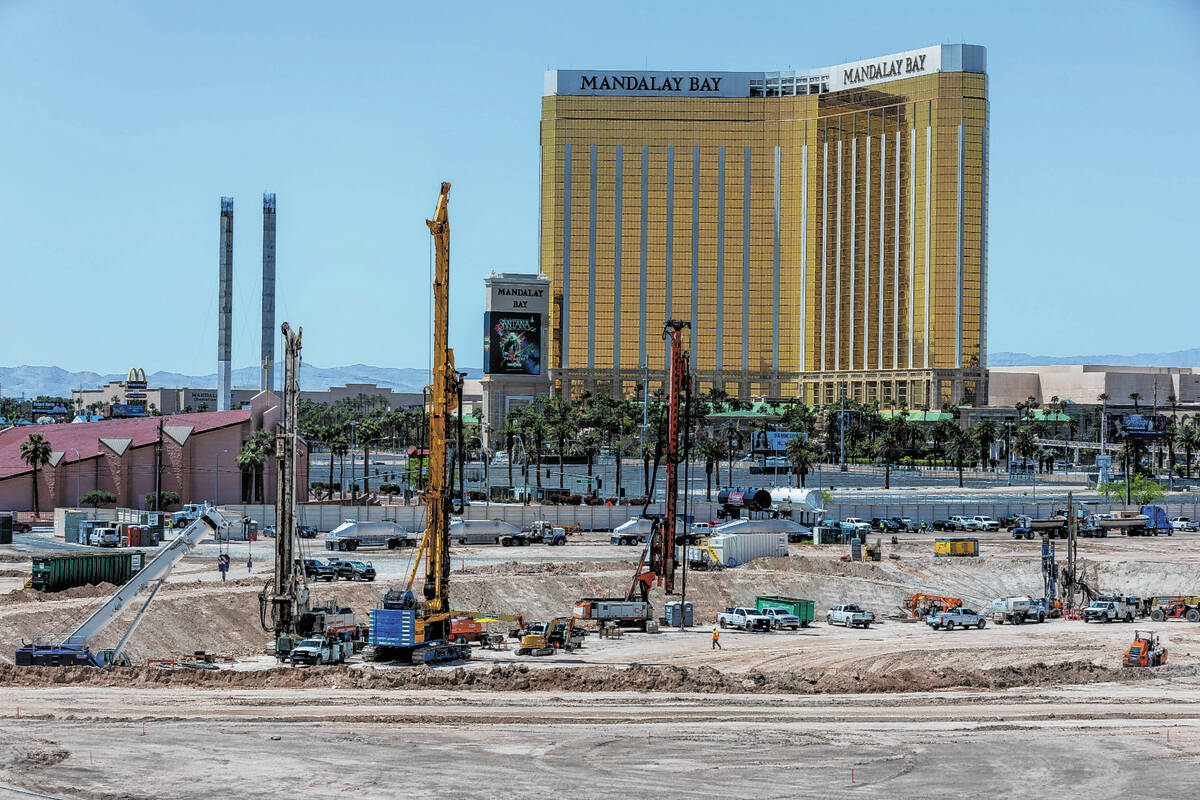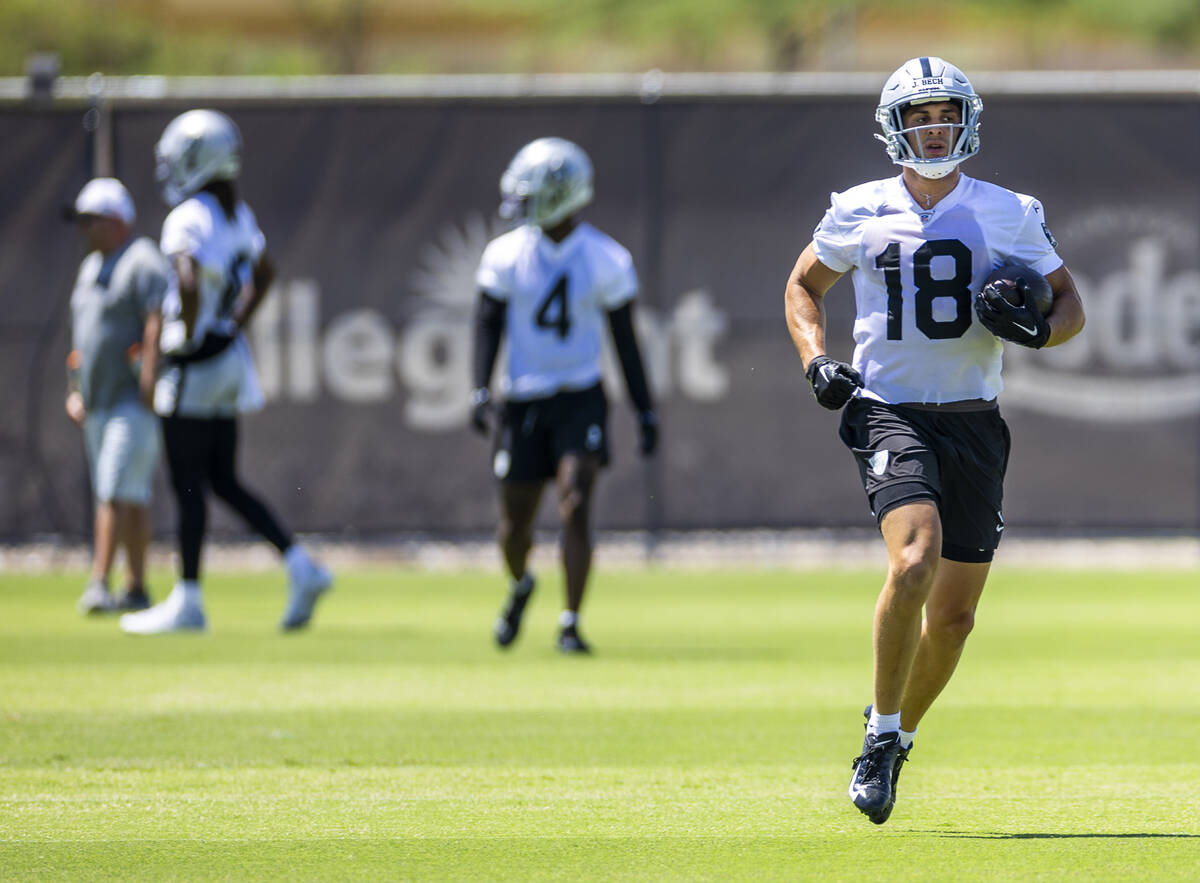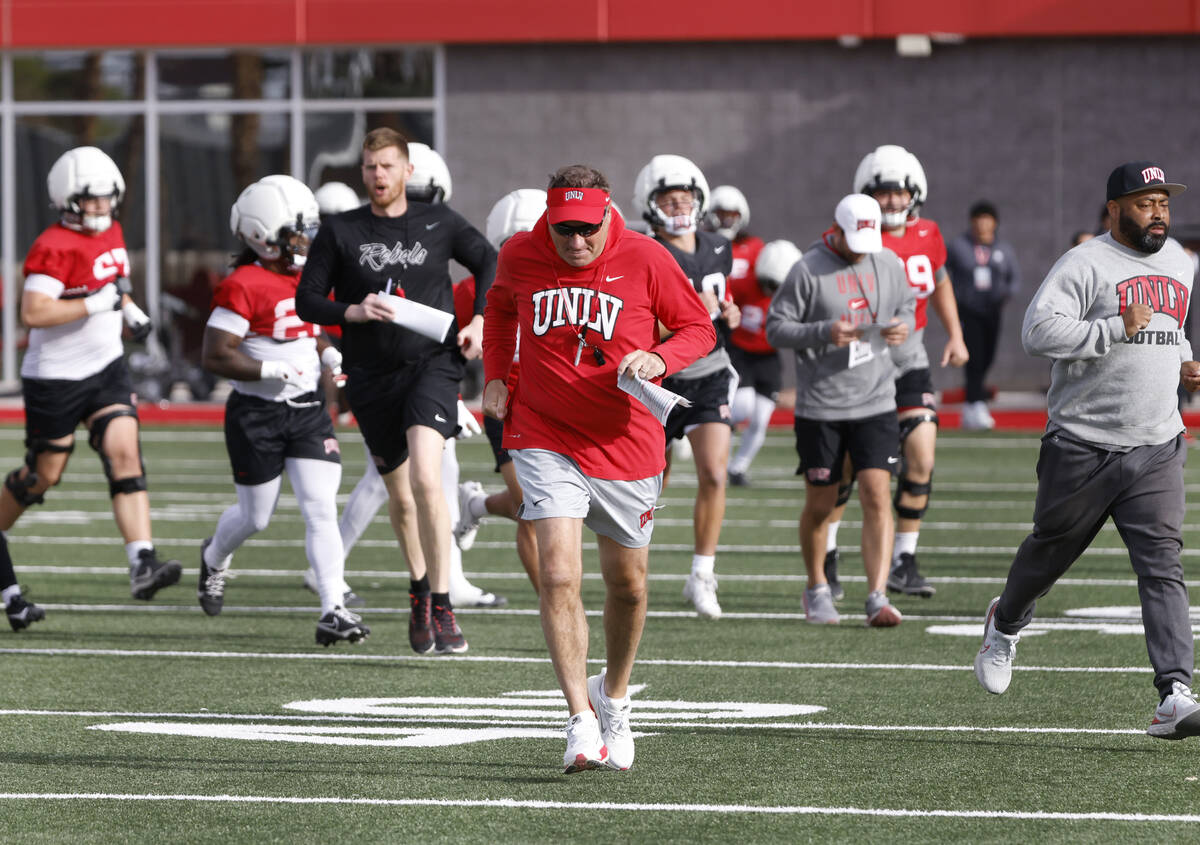CARSON CITY — Lawmakers are set to hear the ins and outs of the Oakland Athletics’ ballpark financing bill during a committee meeting this afternoon.
Senate Bill 509, which was introduced late Friday night after weeks of anticipation, will be heard during a joint meeting of the Senate Finance Committee and Assembly Ways and Means Committee at 4 p.m.
The bill would provide the baseball team with up to $380 million in tax financing for a $1.5 billion, 30,000 seat, partially retractable roof stadium. The ballpark would be located on the Tropicana site.
The public funding portion of the bill would require the state to contribute $180 million in transferable tax credits. Clark County would fund $145 million of the project, $120 million of which would be generated by a tax district surrounding the area on which the stadium will be built.
Plans call for a $1.5 billion, 30,000-seat, partially retractable roof stadium, that the A’s are expected to put no less than $1.1 billion into.
The A’s stadium would be Major League Baseball’s smallest ballpark, following the trend of stadium capacity getting smaller over the last several years.
Compared with any MLB stadium built in the last century, the A’s share of the cost to build the stadium would be the largest of any that included a public-private partnership.
The A’s would provide the first $100 million towards construction costs, with the public paying the final $50 million.
The A’s would be required to enter into a 30-year nonrelocation agreement in place, tied to the time frame the bonds that would be taken out by the state and county to finance the public portion of the stadium.
To ensure the public isn’t on the hook for potential tax shortages to make the bond payments, with essentially four years worth of bond payments set up in a reserve fund, that would be able to make payments over that time if $0 in tax revenue was being generated on-site.
Gaming Leisure and Leisure Properties Inc., which owns the land the Tropicana sits on, would transfer ownership of the 9 acres to the A’s ahead of construction. That land is valued at $180 million, according to Tropicana owner Bally’s Corp. Following the construction of the ballpark, the A’s would transfer the land and ballpark to the Las Vegas Stadium Authority, making it a publicly owned stadium.
The stadium authority would oversee the development, construction and operations of the stadium, similar to how the Allegiant Stadium deal is run.
As A’s President Dave Kaval has noted in the past, the A’s relocating to Las Vegas would not see their Triple-A affiliate, the Las Vegas Aviators, move out of the market. The A’s see value in having both their MLB and high minor league team in the same market, with the A’s playing at Las Vegas Ballpark in Summerlin.
Access
With the A’s ballpark set to be located on the Strip, the team noted that walking would be a major mode of transportation to the ballpark. Several parking garages surround the Tropicana site, mainly under the MGM Resorts umbrella, that could be used for game day parking, similar to events at Allegiant Stadium, which is located just west of the south Strip.
The planned Boring Company Vegas Loop is also noted as a prime transportation option, with stations planned for the northwest corner and southeast corner of the ballpark site.
The A’s plan to host 95 ticketed events at the ballpark each year, with 82 of those events being A’s home games. Plans call for five concerts, three other sporting events, five community events and other events to be determined. Potential events noted by the A’s include the WWE’s Royal Rumble and Summer Slam, XFL games, MLS games, rugby matches, an MLB All-Star game and potential college matches.
Those events would lead to 2.6 million annual visitors to the ballpark, of which 762,000 would be from out of town and 405,000 being considered incremental visitors.
Jobs
The stadium will generate thousands of jobs according to the team. During construction there would be over 14,000 one-time jobs, with nearly $900 million in wages tied to those. Annually, the stadium would employ over 8,000 people, with wages and salaries tied to those jobs adding up to $437 million.
During the construction of the ballpark nearly $39 million in tax revenue would be generated. Once operational the ballpark would generate $17 million in total tax revenue. Nearly $11 million via sales and use tax, $2.8 million via modified business tax and $3.3 million deriving from other taxes.
Allegiant Stadium was projected to lead to a $620 million economic impact annually. The Raiders home stadium has smashed that projection, seeing a $1.8 billion economic impact last year.
Allegiant Stadium led to $21.7 million in room tax revenue in 2022, $31.3 million in sales tax, $14.5 million in gaming tax, $5 million in live entertainment tax and $5.3 in transportation taxes.
Contact Taylor R. Avery at TAvery@reviewjournal.com. Follow @travery98 on Twitter. Contact Mick Akers at makers@reviewjournal.com or 702-387-2920. Follow @mickakers on Twitter.





















